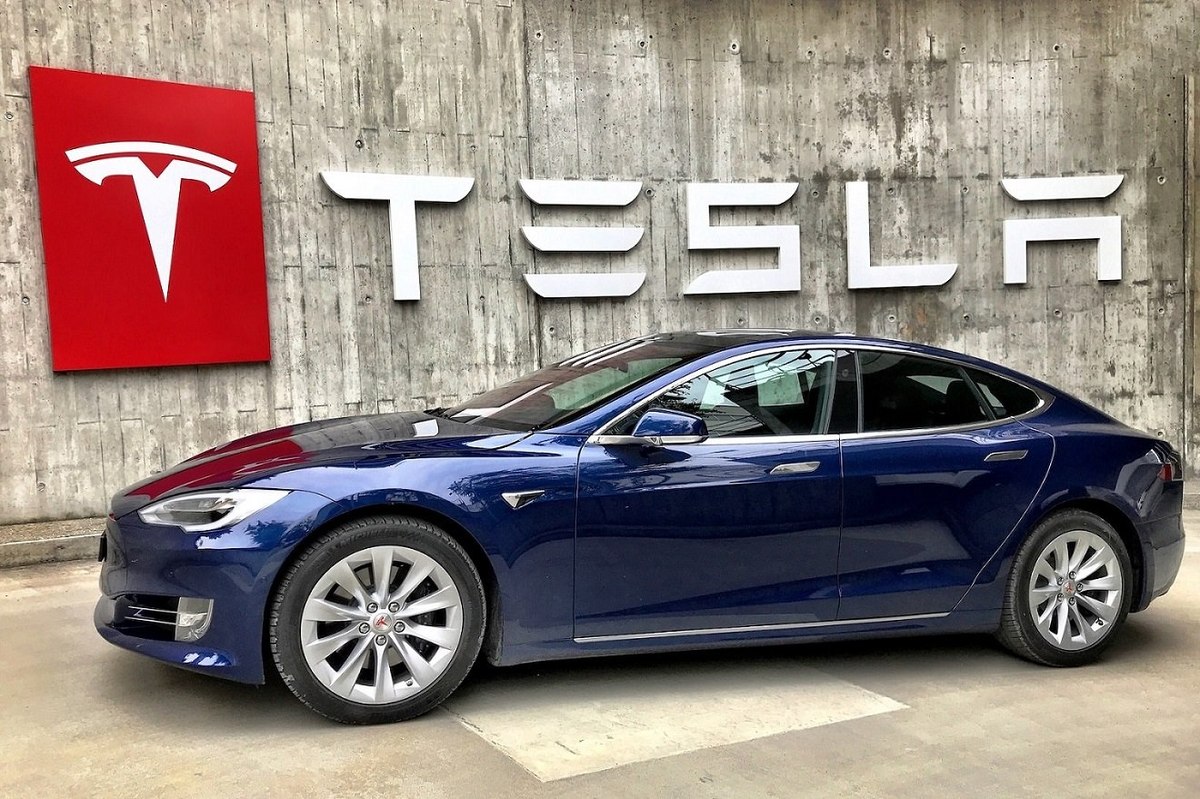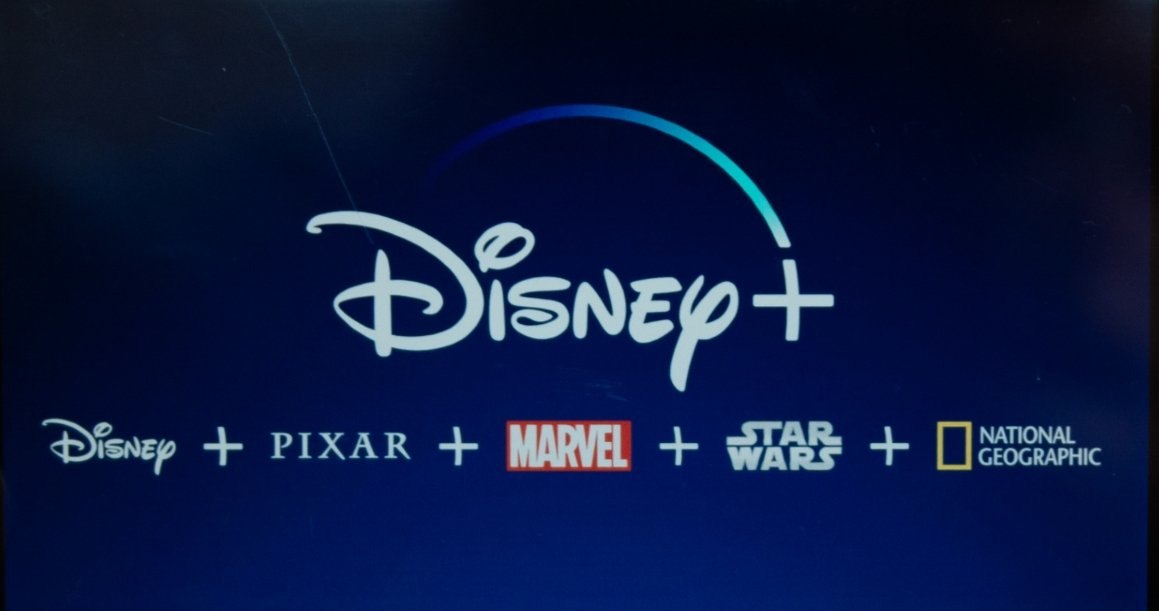Instagram or Snapchat: which platform should brands use for their social strategy?
Both Snapchat and Instagram have been around since the early 2010s and offer users photo-messaging and photo-sharing capabilities.
Instagram has a larger population and offers a broader reach. Though Snapchat has a smaller population, it allows users to create more targeted content. With geotags and physical locations as primary features on Snapchat, brands can create regional and city-specific campaigns on the platform for a more significant, more localised impact.
Snap’s brand style filters also allow users to connect with brands meaningfully. But, due to the short-lived content nature of Snapchat, marketers need to be more creative to keep the brand relevant and noticeable among target audiences. On the other hand, Instagram is a visual-marketing paradise with a vast audience base.
The Meta-owned platform also lets brands experiment with diverse content formats, from Reels to Instagram Live, to reach audiences in many ways. Brands can utilise Instagram captions to connect with audiences and drive organic traction through hashtags and promote influencer or user-generated content.
Both the platforms have some pros and cons, different audience bases. So, brands should consider these factors before planning their social strategy. Irrespective of the platform, brands should avoid overwhelming users with too much content and leverage content marketing to answer social media questions.
[8 minute read]

































